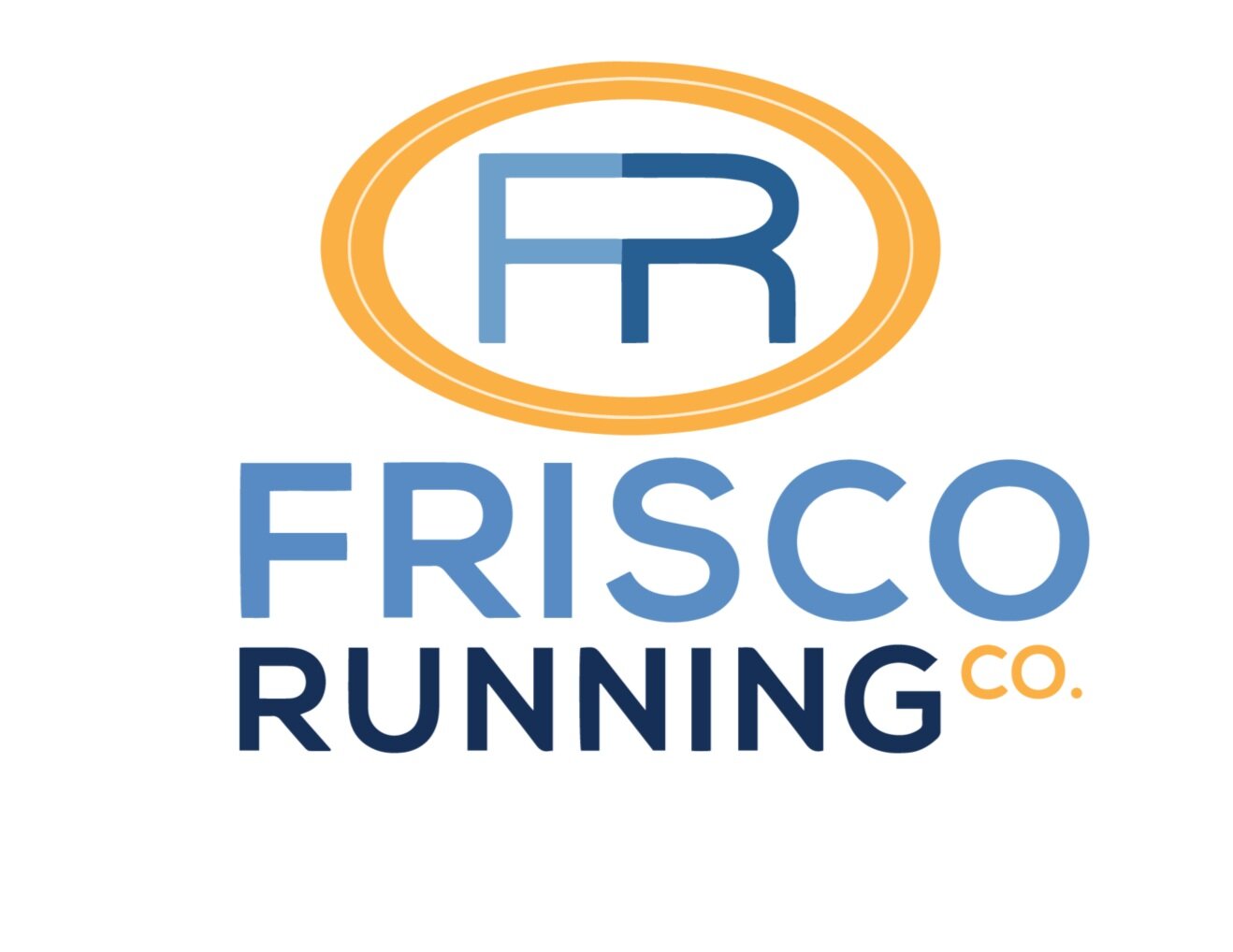Hoka A History
A recent look at our Google search analytics showed that two of our top three search results involved a running shoe brand called Hoka. That is awesome because we love Hoka and their run from total unknown newb to industry power has been impressive. So what’s the deal with this brand with the weird name and why is, seemingly, everyone giving them a try?
So, the name. It’s Hoe-Kuh. It’s weird, there’s another half of it missing here and there’s a big long story behind it but that’s not part of today’s lesson. Today I want to get into the nitty gritty of what this brand is and where it came from.
To get to the now, let’s look back at where it started. Roughly ten years ago the running world was all wound up in the idea of barefoot or minimalist running which means people were ditching the standard heavy and cushioned shoes they had been fed for decades and just running without them. There was some good science behind the idea and a lot of people reaped great benefits from the change. It’s a topic for a different time but that movement completely changed the way shoes are made today. Still, while everyone was saying no shoes are the best shoes there were some wackadoo guys over in France daring to come out and say the exact opposite. They plopped this giant mound of cushion dressed up as a shoe on the table and said, “that’s how it should be done”. It seemed crazy and the shoe looked like a moon boot from a trip to space back in the day. They had a theory and not much science to back it up, but they thought maybe what people needed was more cushion instead of less to better help the body absorb the beating we crazy runners put ourselves through. The key differences for their shoe versus others was simply placed in engineering. They took away the heavy weight of the shoe by using a blown version of the same stuff everyone else was using and they lowered the drop from the heel to toe underfoot.
Those two changes to the formula gave them a product with a ton of promise. The early versions were good, but not great, and had a lot of growing to do. Thankfully, the people at Hoka have really listened to their customer base and the prevailing science of the times while adapting their products and mindset to really take it to a place I doubt many people saw coming.
The first versions saw shoes with midsoles thicker than anything we had ever seen before. I am talking twice as thick as the norm and it was radical. Still the shoes felt good and most people could get the job done in them. They had some issues with stability due to the foam being so thick and soft and the durability wasn’t the greatest, but it was a good start. Since then, they have brought the stack heights down a lot, but the heart of the plan is still there. You may not look ready for a moon walk anymore but the shoes are still soft, smooth, and identifiably, Hoka. It changed in a way that makes them a bit more palatable for the mainstream, but it isn’t selling out if it’s the right thing to do and backed by science and technology.
Hoka, shoes for people who want a soft plush ride that doesn’t feel awkward while you’re pounding out those miles. It’s grown from a couple of random fat boy options to a range that now goes all over the place and can cover you for fast PR attempts, tempo runs, long slow runs, walks on the beach, and everything in between.

